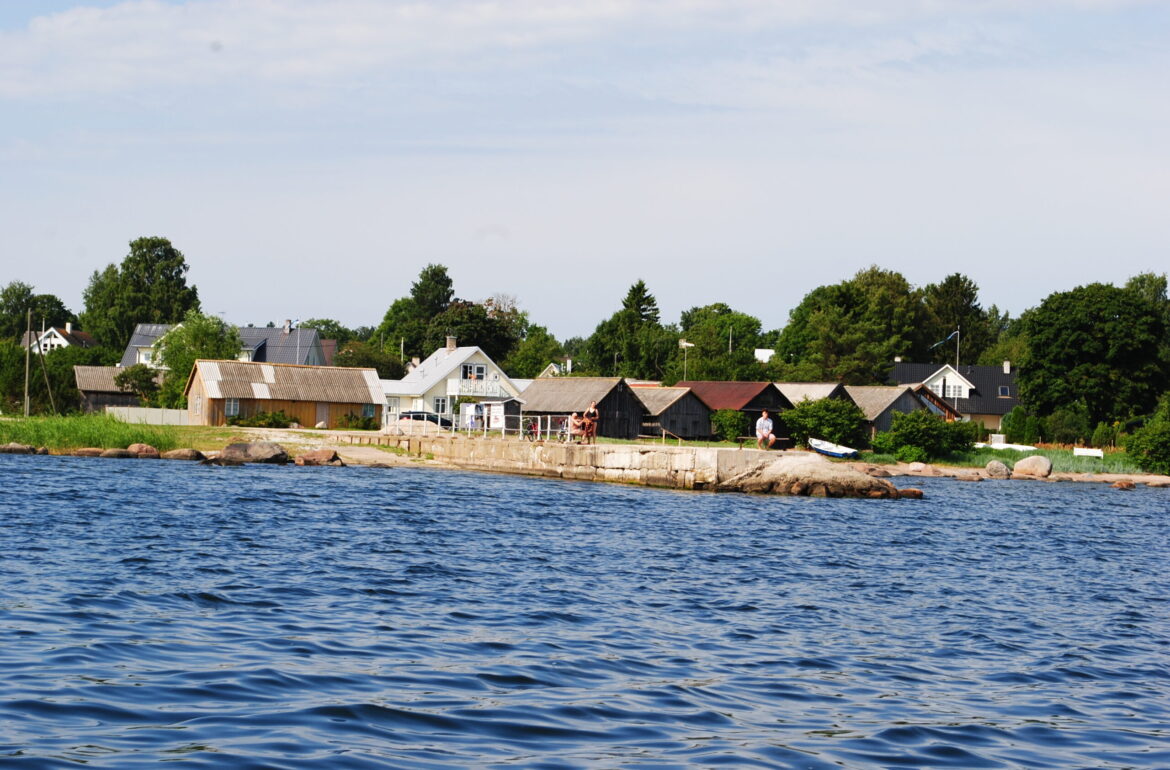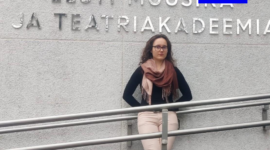On the coastal areas there is quite a common and never-ending dilemma between nature reservation and socio-economical development.
Therefore, Estonia and Finland are not exceptions. But to find good solutions for all the counterparts, scientists from the Estonian University of Life Sciences and Tallinn University together with colleagues from the University of Turku (lead partner), the Finnish Environment Institute and the Regional Council of Satakunta have worked on the SustainBaltic[1] project to create four integrated coastal zone management (ICZM) plans.
In a nutshell, the project was targeting two case plans from Estonia and two from Finland, which were produced based on the current spatial data (on ecological, land use and human activities) and on participatory engagements with stakeholders and inhabitants of coastal villages. What is more, the plans considered the land and the sea as a whole through diverse interactions.
Anne Kull, who is lecturer at the department of landscape management and nature, at the Estonian University of Life Sciences was working in a research group working on a plan for Lääne County[2]. She said that they wanted to develop the plans in co-operation with local communities, and so there was a lot of communication between them, in order to do so.
Controversial Communities
Senior researcher at the centre for landscape and culture, Tarmo Pikner, at Tallinn University, worked for a plan of Lääne-Viru county coastal areas from Käsmu to Kunda[3]. He pointed out some meaningful thoughts that he gained while working with local community. “During the Soviet times, the coastal areas were rather closed areas for people and this historical pause is playing a significant role in the attitude of people nowadays. People just don’t consider the coast and sea as such a big part in their lives. The other thing is that, as the sea planning is made by the state, and the local governments can only deal with the land part, then people are not too motivated to think about future developments of the sea area. They maybe feel that they can’t do anything”, he explained.
On the other hand, Pikner got to know that people and communities are ready to contribute more actively to their surroundings. “They are ready to help with the maintenance of coastal landscapes, tourism activities, and with some coast involved activities for youth, for example”, he said.
Important Questions Arose
Pikner also brought out some challenges that will be faced in the development process. Firstly, the seasonality – because of rather seasonal working possibilities, many people do not live in the coastal areas for the whole year, they probably only spend summer and holidays there. “To change the situation, we should look towards the small, but active villages in the area that could provide chances for small entrepreneurships”, he noted and added that tourism is one of the fields that definitely could be greatly developed.
At the same time, the development always brings some contradictions to negotiate – maritime transport versus nature protection areas, heritage protection versus environmental protection, energy producing versus fish cultures, and a greater interest towards changes maybe the quietness and peacefulness that is a special value for locals.
For Läänemaa case area (area between Hara and Ristinina reaching 3 km from coastline toward both land and sea) a land use zonation was made in order to prevent potential land use conflicts (e.g. between nature conservation and recreation development) and enable sustainable development, Anne Kull explained.
“In popular recreation areas that are situated in high nature valued areas it could be a good idea to concentrate tourism to smaller areas and develop there all the necessary infrastructure (e.g. wooden pathways, parking lots, dining places trash bins etc) to reduce human impact to surrounding natural areas,” she said.
Help for Maritime Spatial Planning
An adviser for the spatial planning department in the Estonian Ministry of Finance, Triin Lepland, said these plans can be a good input to the maritime planning made by the state/Estonia, as there are clear connections between sea and coastal areas. “We can’t give instructions for coastal planning, but we can make proposals for this in our marine planning”, she concluded.
Maritime Spatial Planning for Estonia should be ready for 2020. This plan is important and necessary because the European Parliament and the Council have adopted legislation to create a common framework for maritime spatial planning in the whole of Europe. The reason is the same as the one in the beginning – as for coastal areas, and maritime space, there is competition and many counterparts are interested in them[4].
The integrated coastal zone management plans are indicative documents, which can be implemented in the preparation of municipal comprehensive plans, regional development strategies, and marine spatial planning. The novel approach of SustainBaltic is interdisciplinary and knowledge-based co-working in order to define the crucial and context fitted ICZM planning criteria and practices, which contribute for sustainable futures of coastal and marine areas. Some of the thematic challenges will be elaborated further also in the Central Baltic Programme area[5].
The project involved partners: Estonian University of Life Sciences, Tallinn University, University of Turku, Finnish Environment Intitute, and Regional Council of Satakunta.
SustainBaltic is funded by the European Regional Development Fund under the Central Baltic Programme 2014-2020
[1] http://www.utu.fi/en/sites/SustainBaltic/Pages/home.aspx
[2] http://pk.emu.ee/userfiles/instituudid/pk/file/MH_failid/sustainbaltic/Hara_neeme_ja_Ristinina_vahelise_rannikuala_ruumilise_arengu_kava.pdf
[3] http://pk.emu.ee/userfiles/instituudid/pk/file/MH_failid/sustainbaltic/LaaneViru_rannikuala_integreeritud_korralduskava.pdf
[4] https://ec.europa.eu/maritimeaffairs/policy/maritime_spatial_planning_en
[5] http://centralbaltic.eu/programme


Written by Marii Kangur, Estonian Public Broadcasting radionews reporter
This article was funded by the European Regional Development Fund through Estonian Research Council.
 Back
Back



